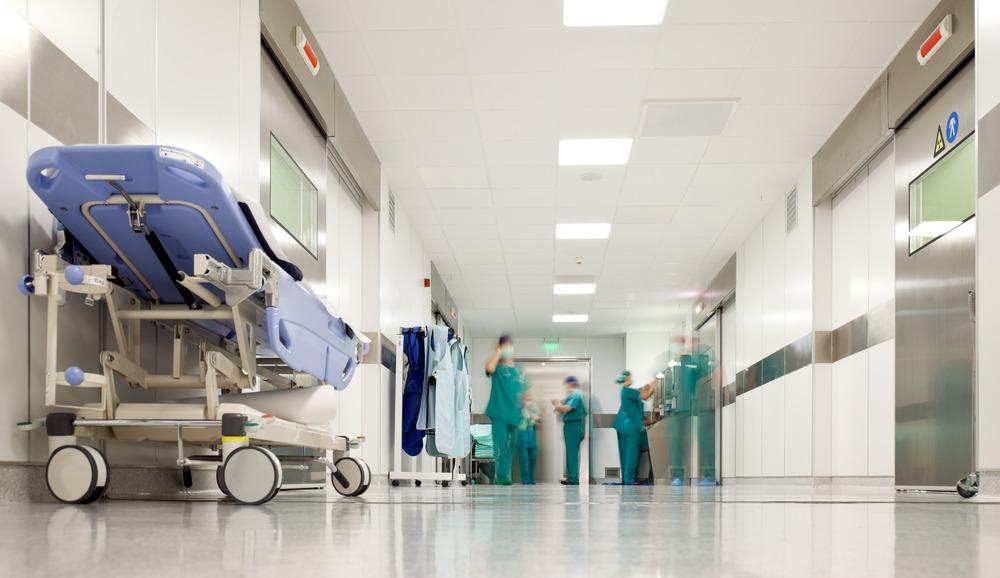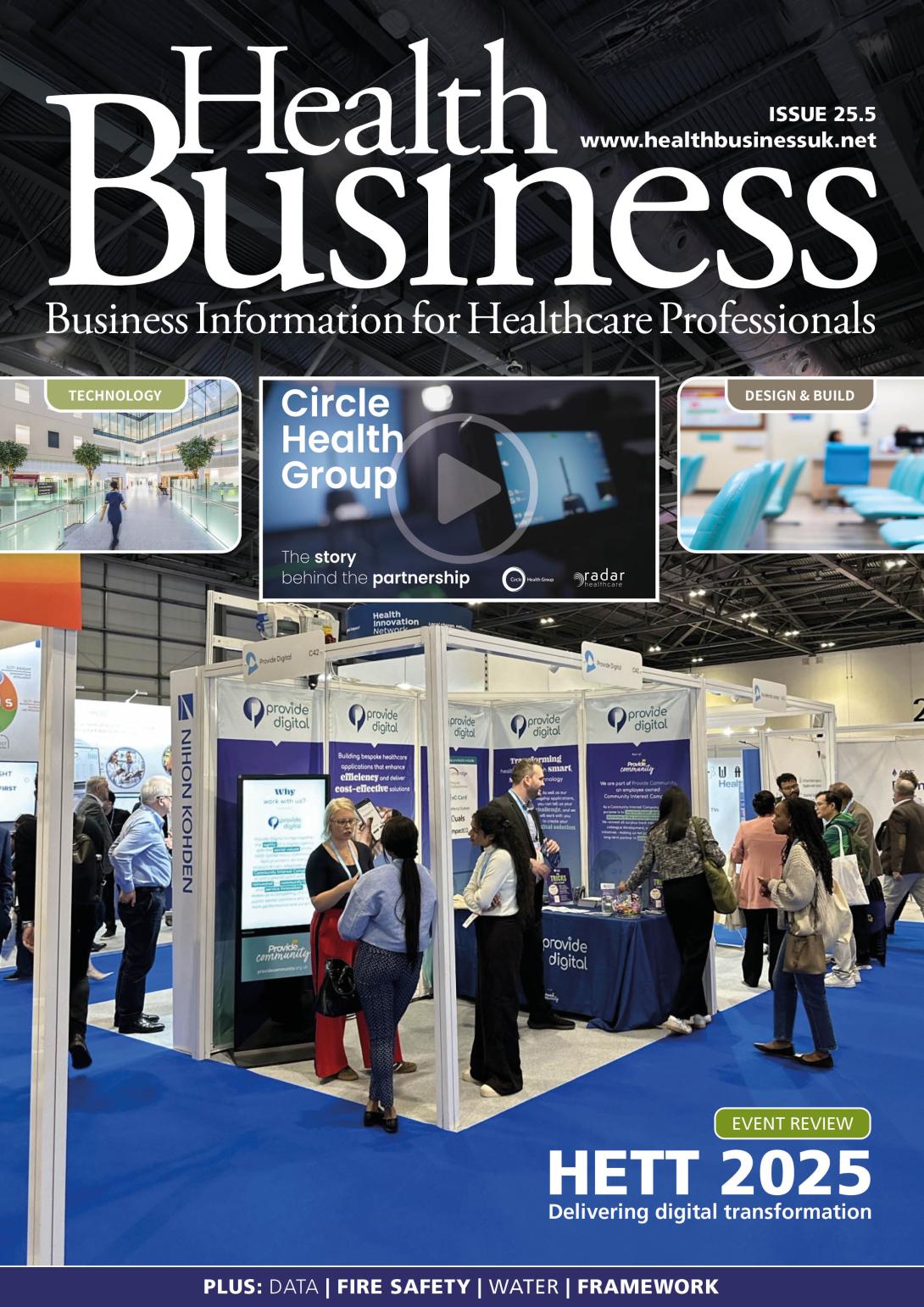NHS hospitals are being encouraged to refer more patients directly to virtual wards where they can receive treatment from the comfort of their own home, while freeing up hospital beds for the sickest patients.
This comes as new analysis reveals 9,000 hospital admissions have been avoided in the South East in the past year thanks to the world-leading initiative.
More people suffering from respiratory conditions or heart failure are set be treated through an intravenous drip or a nebuliser – a machine that turns liquid medicine into a mist that can be easily inhaled – from home, instead of needing to be cared for in hospital.
More people living with frailty are also set to benefit from the virtual ward programme.
The analysis also found that if the South East virtual ward model is scaled up across England, 178,000 admissions could be avoided over the next two years.
Funding incentives will include 12-hour A&E waits, with hospitals asked to focus on ensuring that patients don’t wait beyond this timeframe.
National guidance, backed by £150 million, will focus on helping patients to avoid an A&E admission in the first place, with patients admitted to virtual wards straight from home and measures to support regular A&E attenders who don’t need urgent care to get the help they need.
The updated framework also sets out how local areas can allow direct referrals by GPs and 999 to same day emergency care, which sees patients receive timely diagnosis, care and treatment while avoiding an overnight stay.
Sarah-Jane Marsh, NHS national director for urgent and emergency care, said: “Thanks to the hard work of NHS staff, last year saw considerable progress in the recovery of urgent and emergency care services with the first improvement in A&E performance outside of the pandemic in nine years, and Category 2 ambulance response times 17 minutes faster than the year before, all despite a record year of demand for A&E and ambulance call-outs.
“However, it is clear there is still much further to go and with the rollout of ambitious new measures like more direct referrals to same day emergency care, more ‘step-up’ virtual wards, and targeted support for patients who regularly attend A&E, we are confident this plan can deliver further improvements for patients and continue to bring down the longest waits for care.”
Minister for Urgent and Emergency Care (UEC), Helen Whately, said: “Last year, we started planning for winter earlier than ever before and that plan worked.
“We got A&E waits down and ambulances to people quicker – and over 200,000 more people received NHS same day emergency care. That was thanks to the hard work of our NHS and social care staff, and by doing things differently to improve care."
Other actions from the UEC letter include a clinical assessment of 111 and 999 calls to direct patients to the best service for them, frailty assessments at the A&E front door, and increasing flexibility for urgent and emergency care staff to boost retention and increase capacity.

